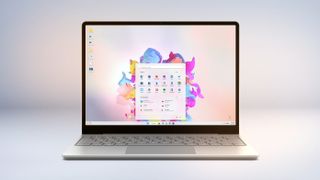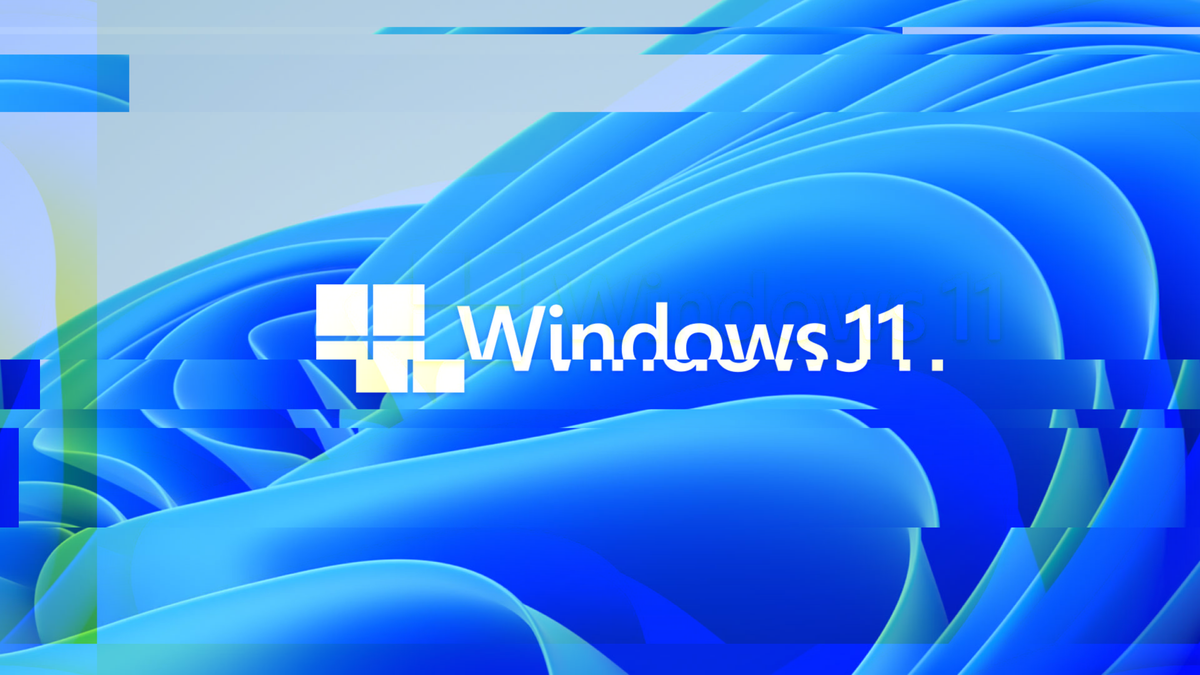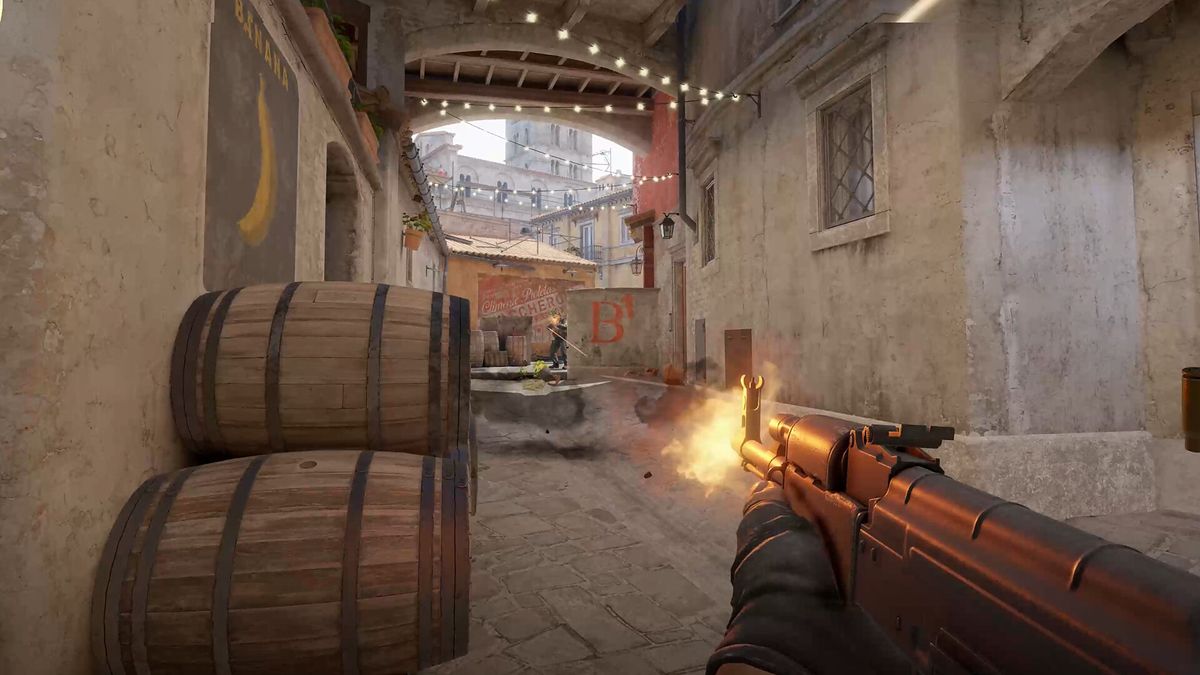Look, I love Windows, I do, I really do. It's one of those things that I just can't live without at this point. I've tried MacOS, I've tried Linux, I've even dabbled in the world of Android and Chromebooks during my time, and yet, none of it compares to Windows; it just doesn't.
There's a certain amount of familiarity, of indoctrination into that Microsoft cult that's rife in me. I grew up using Windows 98, and onwards, it was what I gamed on, what I studied on, what I made lifelong friends on—you name it. 98, 2000, XP, Vista, 7, 8, 10, and finally we're here at Windows 11, at least until Microsoft inevitably tells us that its "final" operating system isn't its final operating system.
The thing is though, it really is a bag of spanners at times, and I've kinda developed this habit of going thermonuclear on my own machine at quite regular intervals over my lifetime.
Mostly by flattening and reinstalling Windows onto my PC every other month or so. Why? I'm glad you asked.
The need for an occasional refresh
Well, the thing is, although Windows gives you a lot of freedom and has broad compatibility with more programs than any other operating system out there, it does make it somewhat susceptible to bugs. Lots of them.
These can be inflicted by Microsoft directly through Windows Updates or drivers accidentally corrupting files or programs, or well, any number and manner of avenues.
The worst culprit, of course, is the classic "upgrade from the previous Windows version to this version." Just don't; it's never worth it.

See, registry files corrupt, file directories get mislabelled, and inevitably you'll end up with programs you forget about sitting in the background sucking up critical resources. It's just a bit crap like that, and ironically, although I do have a massive disdain towards macOS, I can't deny its closed-off ecosystem does avoid a lot of these pitfalls.
Whenever anyone asks me about a system bug or help with troubleshooting, my first and often instant reaction is to suggest just flattening the machine entirely and reinstalling a fresh version of Windows on top.
That's why I advocate tying a full-fat Windows license to your Microsoft account so you can easily reinstall and activate Windows 11 on your machine on a dime.
An arduous task
It does require some getting used to this salting-the-earth kind of strategy, but the benefits are just too great to ignore.
The first thing I recommend is splitting up your storage solution. In every build I've ever done, I've almost always recommended a two-storage drive system. The first and fastest of the two should be used as your main OS drive, and the second, usually slower, cheaper, and larger, being your media/games/back-up drive. Any valuable documents, assets, or big downloads live here.
What that allows you to do is keep all your games and important files on your D: drive, and then, whenever that re-install time comes a-calling, allow you to quickly flatten and re-install Windows on your C: drive.
If you've got slow internet or just can't be bothered to re-download everything, it is a huge time-saver doing it this way. You can get away with partitions, but it's far easier to accidentally delete the wrong one on your next Windows install.

It also helps really reduce program and document clutter and encourages good back-up practice too. If you know you're going to flatten a machine every 2-3 months, then the likelihood is you'll keep all of your important files and documents safely stored in the cloud, or off-site, backed up with solid authentication procedures as well.
You'll end up with a minimal desktop that's stupidly rapid, clean, up-to-date, and as error-free as Microsoft can muster. If you're building a new PC or transferring an old one to updated hardware, save yourself the hassle and just back up and move your most important files, download a fresh USB Windows Installer, and get cracking. I promise you it's worth it.
A new lease on (virtual) life
With that, and good internet education and practice, plus a solid VPN, you can then dump aftermarket antivirus as well and rely on good ol' Windows Defender. It's one of the best antivirus programs out there, and lacks the resource vampirism many third-party solutions have.
Worst-case scenario, you get tricked into opening a dodgy email or land on an odd website, and your machine gets whacked with some crypto-scam; just flatten it. Job done. Although again, I'd highly recommend just being a bit more internet savvy first.
The only thing I'd say if you do go this route, be careful on the device you do it on and prep accordingly. Some motherboards won't support ethernet or wireless connectivity without drivers too.
Grab your USB stick, get the Windows Installer setup on it, and then stick a folder in it called DRIVERS. Head to your motherboard's product page, grab the relevant drivers, then once you're finally on the desktop, you should be able to install all your chipsets and drivers and get that internet connectivity back, no sweat.
If you do get stuck on the "need to connect to the internet" Windows 11 install page, hit Shift + F10, click the command window, type OOBE\BYPASSNRO, and hit enter. The installer will reboot, and you'll now have the option to tell Microsoft you "don't have the internet" and continue with the installation regardless.
So yeah, PSA complete. I got 99 problems, and most of them are Microsoft-related. At least for about 20 minutes anyway.










 English (US) ·
English (US) ·